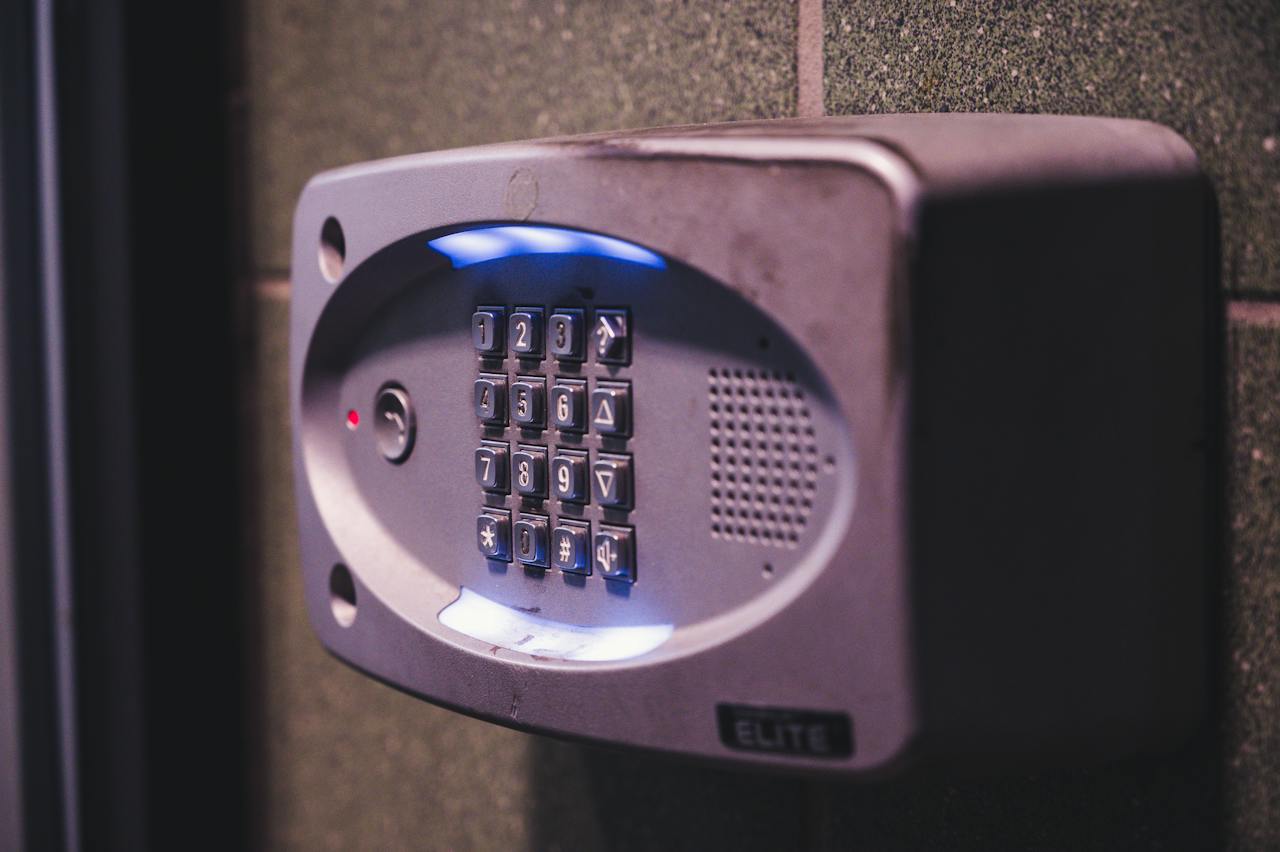With the evolving tactics of cybercriminals, the traditional methods of protecting against malicious users are becoming less reliable.
Studies indicate that there are more than 15 billion stolen login credentials available on the dark web, which are frequently utilized by criminals to pilfer sensitive data from contemporary organizations.
Given the prevalence of data breaches and credential theft, it is essential to explore more advanced methods of authentication to enhance security measures.
Multi-factor authentication (MFA) is becoming increasingly recognized as a highly effective solution, necessitating users to provide multiple authentication factors prior to gaining access to sensitive information.
It is a widely used authentication method among businesses, and the market is expected to grow to $23.5 billion by 2026. This article will explore the concept of multi-factor authentication and emphasize its importance for cyber security leaders in safeguarding their employees.
What exactly is multi-factor authentication, and how does it operate?
Put simply, multi-factor authentication is an authentication model that demands users provide two or more verification factors to verify their identity before accessing an online account or application.
Instead of just requesting a username and password for user verification, MFA necessitates extra verification details like a one-time passcode, cryptographic token, or fingerprint.
Currently, the most widely used method for multi-factor authentication involves sending a one-time PIN (OTP) to the user’s phone number. This code is generated in real-time, making it challenging for unauthorized individuals to access or predict.
For example, a standard account service that utilizes multi-factor authentication will require you to log in with two authentication factors: your email and password, along with a one-time code sent to your email address or cell phone.
Setting up a multi-factor authentication system can help users receive alerts for any suspicious login attempts, enhancing security measures and user response.
Three primary authentication factors are available for verifying users:
- Something familiar: information the user is aware of, such as a password or pin number.
- Something in your possession: something unique to you, such as your smartphone or a cryptographic token.
- Something that defines you: A distinctive feature specific to the user, such as a fingerprint, voice, Face ID, or other biometric data.
Your identity is as unique as a fingerprint, voice, face ID, or other biometric data.
Typically, incorporating multiple factors into the authentication process reduces the risk of unauthorized access to sensitive information.
It’s crucial to highlight that certain service providers and organizations may implement multi-factor authentication only in specific situations, such as when a user exhibits suspicious behavior or encounters issues with the primary authentication process.
Can you explain adaptive multi-factor authentication?
Adaptive multi-factor authentication, also known as risk-based authentication, is a sophisticated security method that mandates users to present two or more verification factors to access their accounts.
The mechanism is called “adaptive” because it can modify the necessary authentication factors depending on different risks such as user location, device type, access time, network security, and user behavior patterns.
Adaptive multi-factor authentication adjusts the authentication requirements based on the situation, unlike traditional multi-factor authentication, which remains constant.
For instance, when a user logs in from a new location or an unfamiliar device, the system will prompt for extra verification factors to confirm their identity, like a one-time passcode or fingerprint verification.
Enhancing the security of the user’s account involves utilizing multiple factors and adjusting them to the context, which increases the difficulty for hackers to access.
Exploring the Benefits of Multi-Factor Authentication for Safeguarding Your Organization’s Data
Multi-factor authentication enhances the security of an enterprise’s data by confirming the identity of each user.
By implementing multi-factor authentication, enterprises can ensure a secure method of verifying all users accessing their applications and services, thereby minimizing the risk of unauthorized entry and data leaks.
Multi-factor authentication offers several advantages:
Enhance the security measures to prevent cyber criminals from engaging in identity theft
Avoid cyber criminals from effectively utilizing stolen credentials
Minimizes the risk of data breaches
Simply put, multi-factor authentication helps lower the risk of unauthorized individuals gaining access to important data and using it for harmful reasons, ultimately decreasing the chances of theft and legal consequences.
It’s crucial to understand that even though multi-factor authentication doesn’t completely eradicate the possibility of unauthorized access, it does assist in minimizing exposure to threats by adding an additional layer of security.
For example, according to Microsoft research, 99.9 percent of compromised accounts did not utilize multi-factor authentication.
It is important to have multi-factor authentication in place to prevent cybercriminals from only needing a user’s login credentials. Afterward, they can gain unauthorized access to an email account or application and retrieve all the confidential data stored in that system.
Multi-factor authentication helps safeguard applications and services from credential-stuffing attacks that may occur if passwords are reused and compromised on a different system.
Utilizing Multi-Factor Authentication for Team Security
By implementing two-factor authentication and providing security training, employees can learn how to choose strong passwords and use authentication factors to prevent unauthorized access.
It’s important to remind your employees about the benefits of using two-factor or two-step verification for their personal online accounts.
In the end, multi-factor authentication will help guarantee that, in case an employee chooses a weak password, there is an additional layer of security to stop unauthorized users from accessing private or proprietary information.

